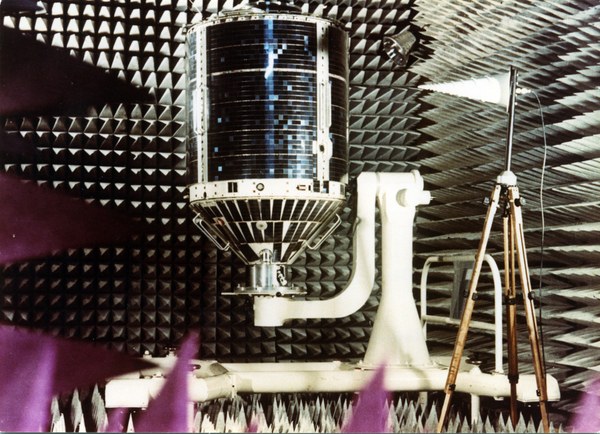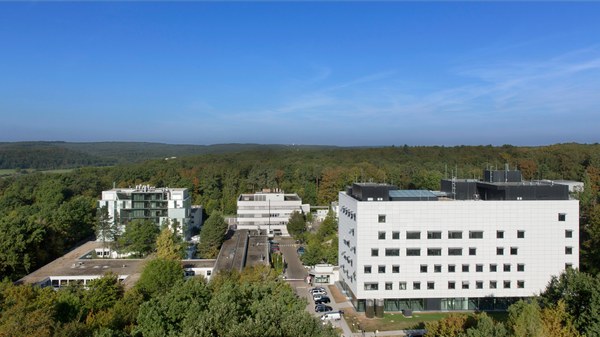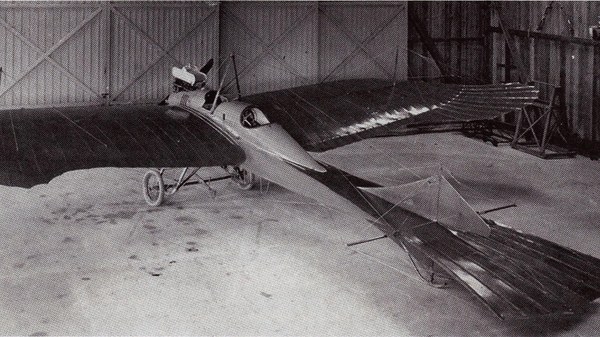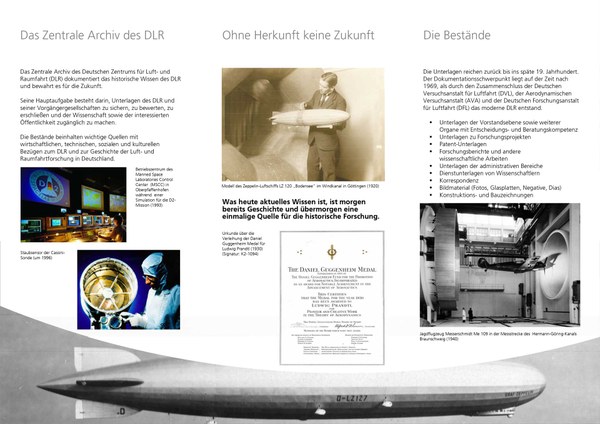History of DLR


The German Aerospace Center (DLR) and its predecessor organisations have a history spanning over 115 years, including one of the world's first institutions dedicated to aeronautics research. Key research and countless inventions that now shape and improve modern life emerged within DLR and its forerunners, among them fundamental theories of flying and the modern swept wing that enabled today's cruise flight.
At the same time, however, some of DLR's forebearer organisations – like all the German research institutions operating in the 1930s and 40s – were brought under the Nazi process of Gleichschaltung and involved in the Third Reich's war effort. The research produced during this period helped to prepare for and unleash a war of aggression. Forced labourers were deployed in DLR's predecessors during the Second World War. The forerunner to the Institute of Aerospace Medicine was involved in human experiments in concentration camps. Ludwig Prandtl, the founding father of DLR’s earliest precursor, held a senior position in military research under the National Socialist regime.
DLR assists historians and journalists remembering and reflecting on its past. Moreover, it has set the goal of conducting its own research to address its history and present the results to the public.
In recent years, DLR has prepared and contributed to the creation of a large number of publications on the history of its predecessor organisations. A selection of these publications can be found here.
A scientific review charting the history of DLR and its predecessor organisations is currently in preparation.

















